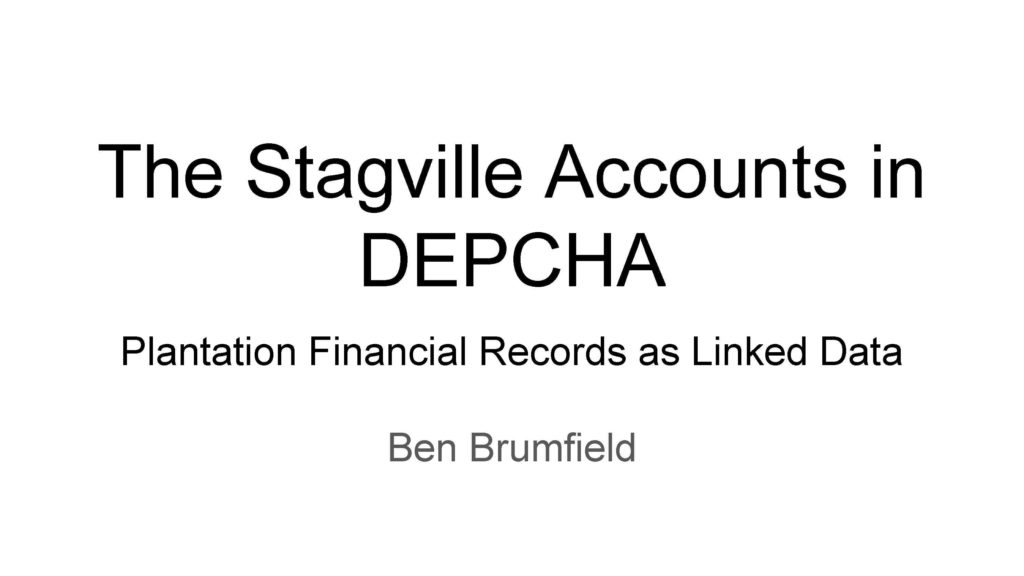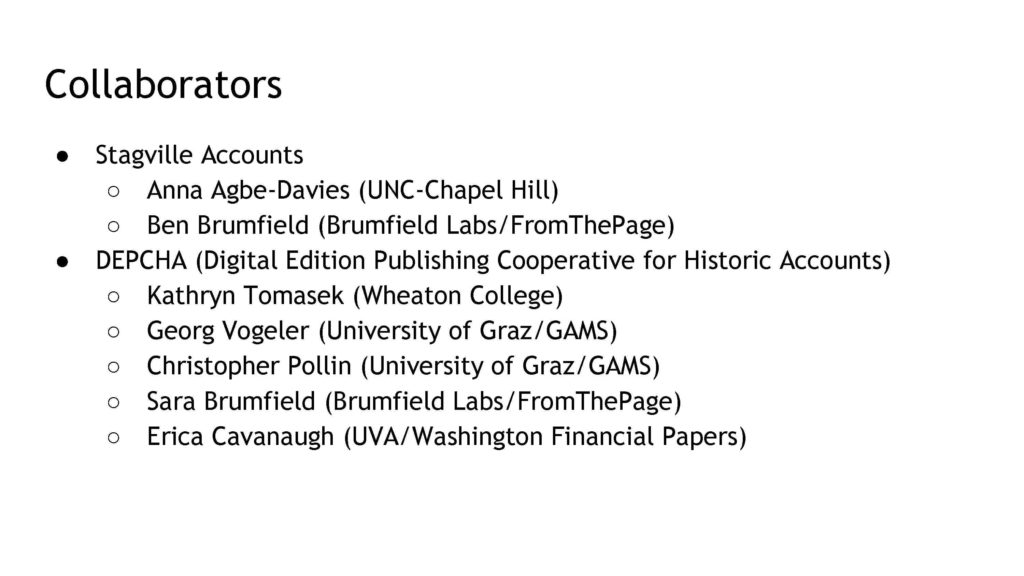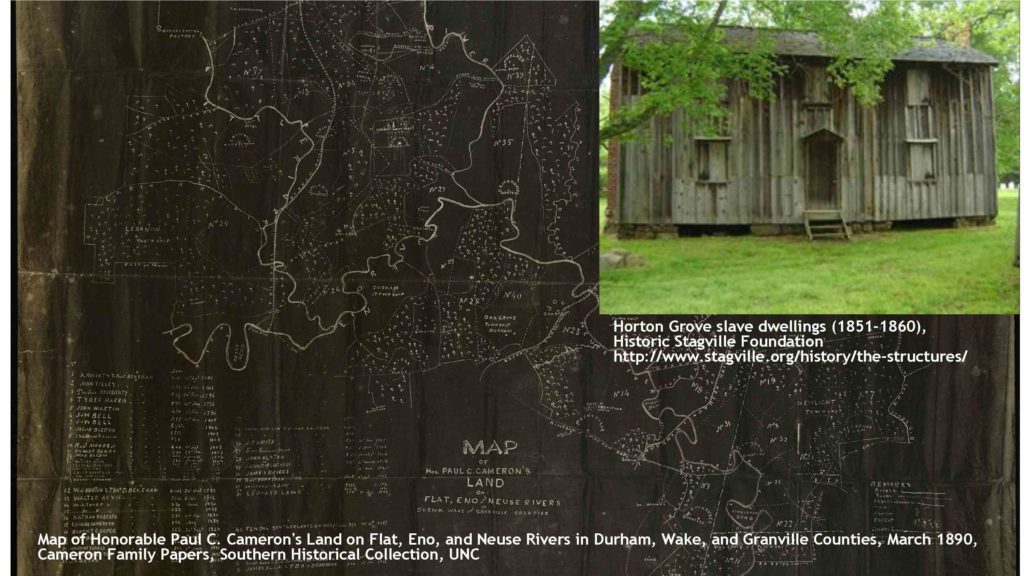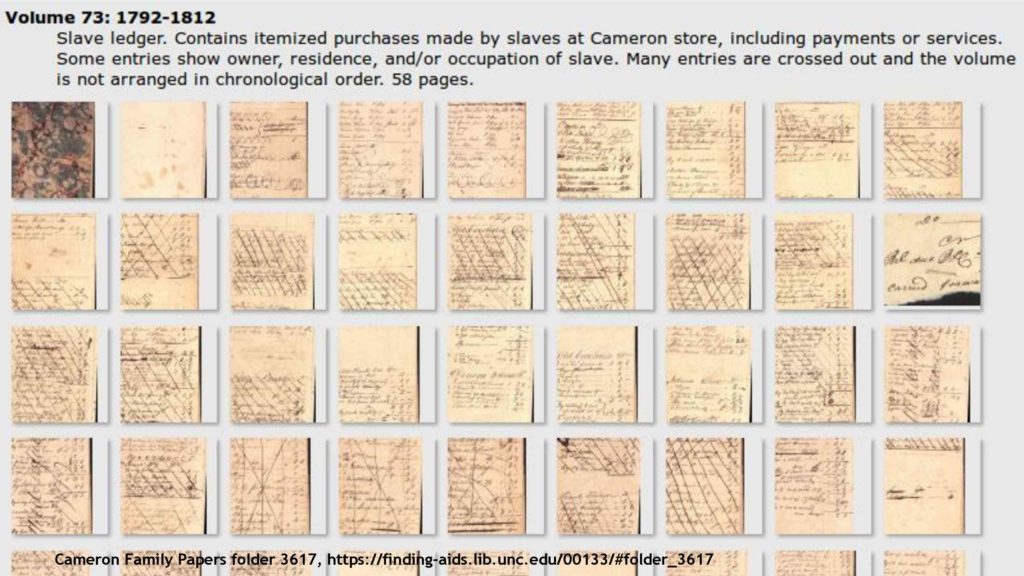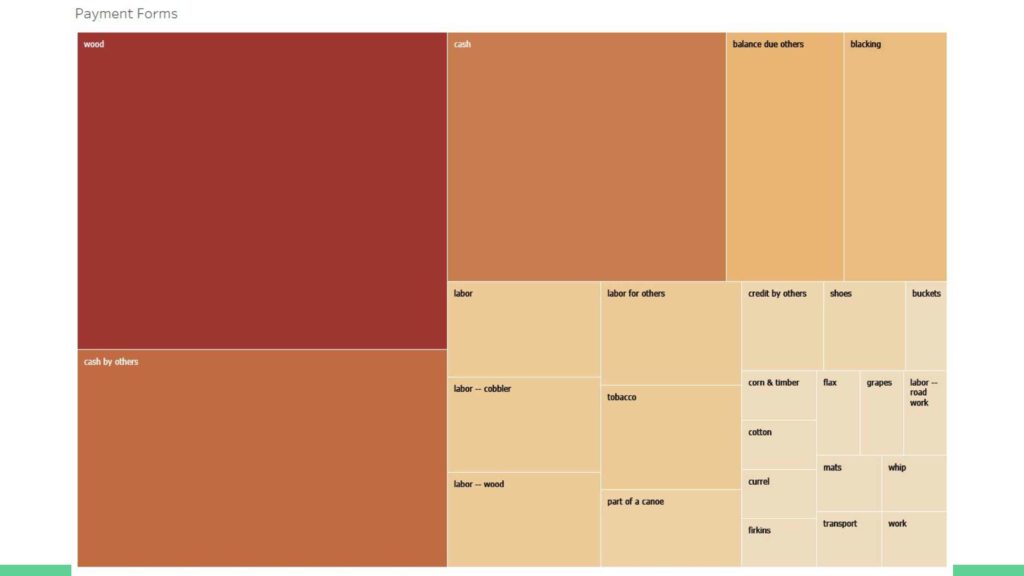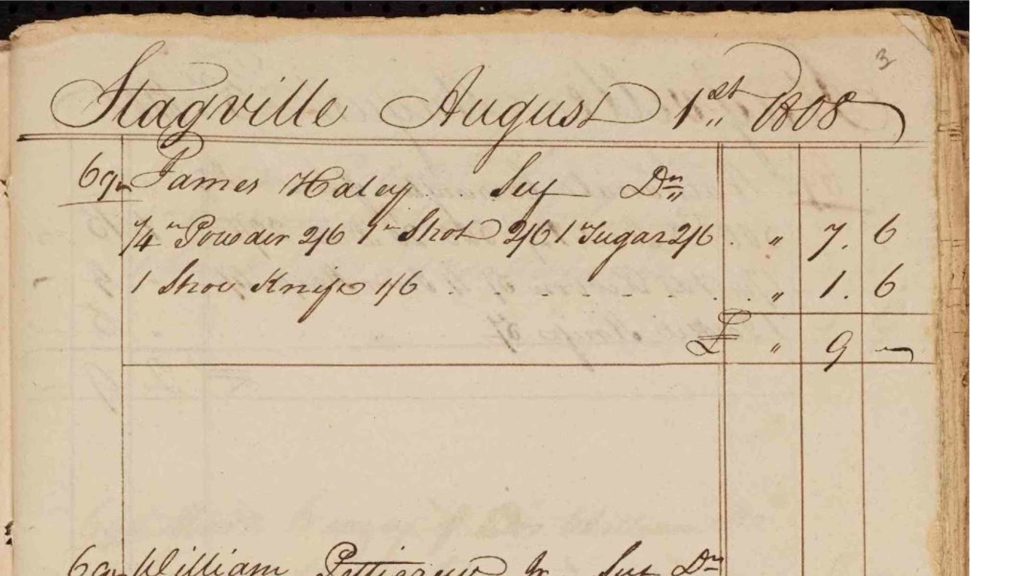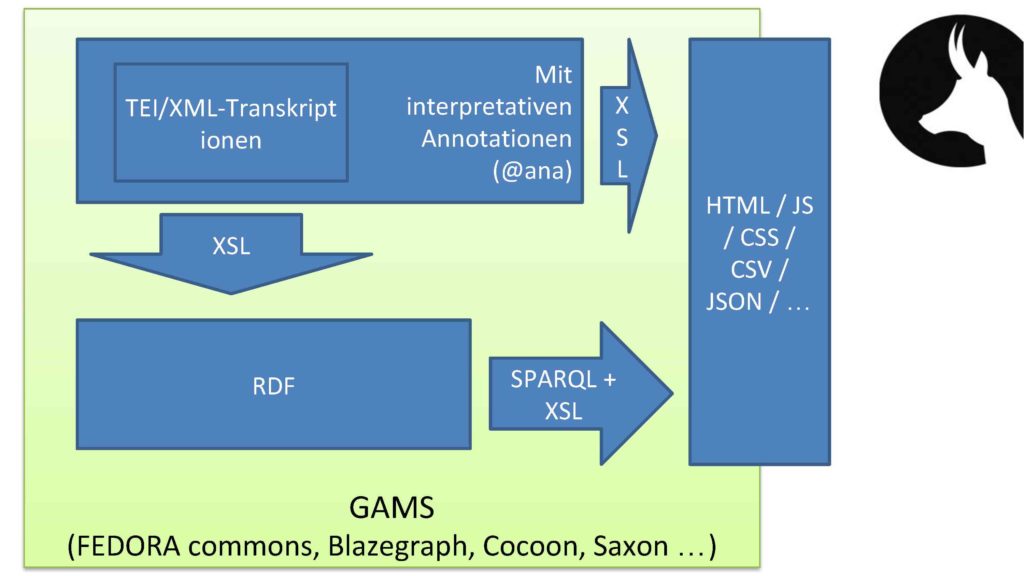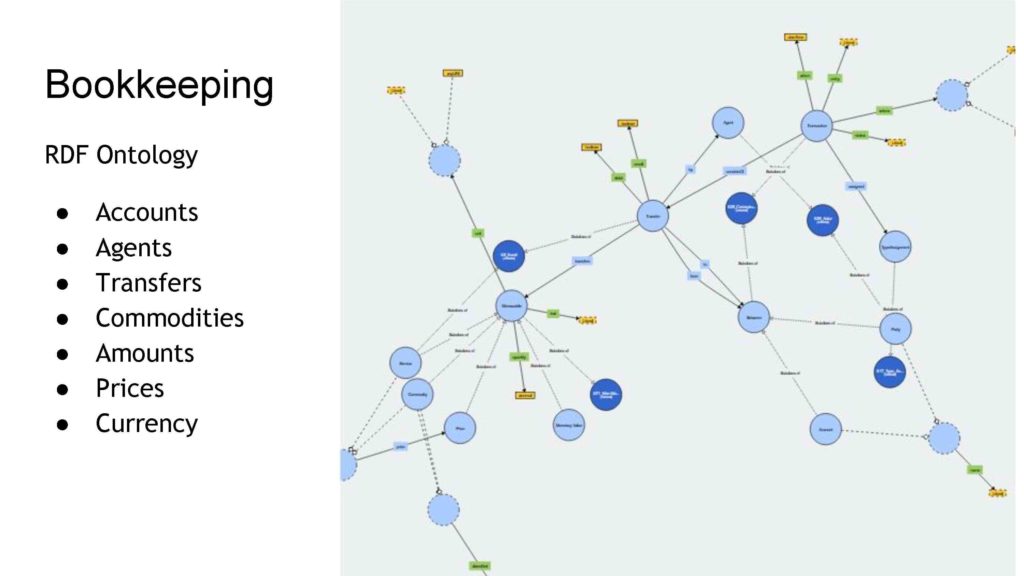On March 8, 2018, I presented this talk at a conference at Michigan State called "Enslaved: People of the Historic Slave Trade". The conference was live-streamed, so a video recording of all presentations is available on the MATRIX YouTube channel. My presentation starts at 1:04:55 and is embedded below, followed by slides and text.
It's important to begin by explaining that this project is the result of two collaborations; one between myself and the primary Stagville Accounts researcher, Anna Agbe-Davies, who is an anthropologist and historical archaeologist at UNC Chappel Hill. The other collaboration is a broader, 2018 Mellon-NHPRC funded initiative to explore publication of historic financial records as digital editions in linked data formats. (This slide only lists members of the DEPCHA team involved directly in encoding Stagville accounts; the cooperative includes many other scholars and technologists.) I regret that my colleagues were not able to join me today, and--since I am a software engineer--that my methodology may be over-technical and my history may be naive.
Historic Stagville is a state-run historic site north of Durham, North Carolina, which highlights life on a tobacco plantation, focusing on the perspective of the enslaved community there. The site was owned by the Bennehan and Cameron families from the late 18th century for the next hundred years. Their property holdings on the eve of the civil war included thirty-thousand acres of land and nearly nine-hundred enslaved human beings. You see here a rather unusual dwelling for enslaved people, one of four two-story, four-room timber-framed buildings still standing on the site.
The Cameron Family Papers are held at the Southern History Collection at UNC, and incldue substantial business records. Some of these record transactions between the plantation store and members of the community. Of particular interest to this conference is the "slave ledger"; a separate account book recording transactions between the Cameron store and and enslaved customers.
When examined, the ledger provides rich details of a portion of the economic life of the customers recorded in it. For example, here is the 1810 account of "Walker's Davie", who buys half a dozen awl blades, then sugar and a shoe knife, then a pair of leather soles. He pays his account by half-soling one pair of shoes, then by making one pair of shoes for someone named Sam.
The enslaved account-holders are described in various ways, patronym, ownership, occupation, nicknames, and surnames. Most--but not all--accountholders are male.
How do enslaved customeres pay their accounts? For this we have to turn to quantitative methods: most commonly they pay by providing wood, cash or labor--often with other account-holders as intermediaries--but we also see other interesting things like manufactured goods--shoes and blacking--or perhaps capital in the form of a share in a canoe.
The Stagville slave ledger does not exist in isolation. The project has also encoded portions of the "white ledger", daybooks recording the Cameron store's transactions with white customers. Often these transactions take place through an agent; often a family member but sometimes a slave. Here we see James Haley buying a shoe knife; which Cameron sells to him at one shilling sixpence; earlier we saw him selling a shoe knife to Walker's Davie at two shillings; was the third-again higher price due to the two year difference between the transactions, the quality of the knife, or the status of the customer?
Agbe-Davies encoded the ledger with the open-source transcription tool FromThePage, which is run by Brumfield Labs. She sponsored development of tabular encoding within that tool, allowing account records to be displayed and extracted to spreadsheets for analysis. However, the edition still existed in isolation, so that linking records from related sources (like the Washington Financial Papers) was not possible.
To create a shared, analytical database, members of the DEPCHA cooperative turned to GAMS, the Geisteswissenschaftlisches Asset Management System developed at the Univeresity of Graz. This tool takes texts transcribed in TEI with a special set of analytical tags and adds them to a Fedora-based RDF database. GAMS specializes in historic financial accounts, and was originally developed for medieval and early modern European records.
The special tags are defined in the Bookkeeping Ontology, and can be applied to any TEI element. They encode most of the concepts encountered in financial records, especially the single-entry accounts we worked with during the DEPCHA period.
FromThePage is able to export transcripts in TEI, so as part of the DEPCHA cooperative, suppport for the bookkeeping ontology was added -- you see these little hash-tag looking things in the ana attribute of several elements. 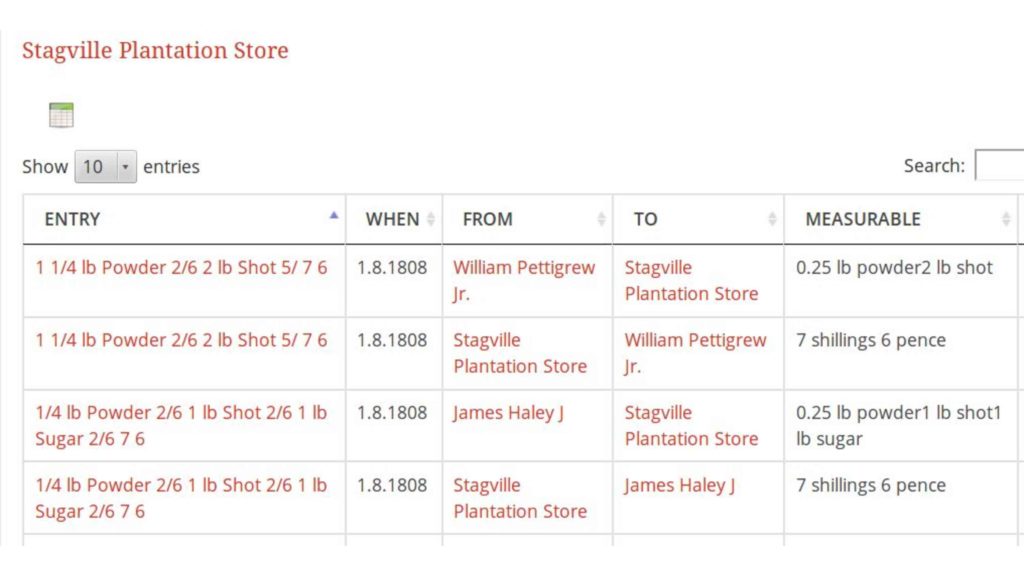
Once ingested into GAMS, the transactions are viewable outside the context of the manuscript page, so that entries showing both powder and shot can be viewed together, even though they appeared on the seperate accounts of William Pettigrew and James Haley. 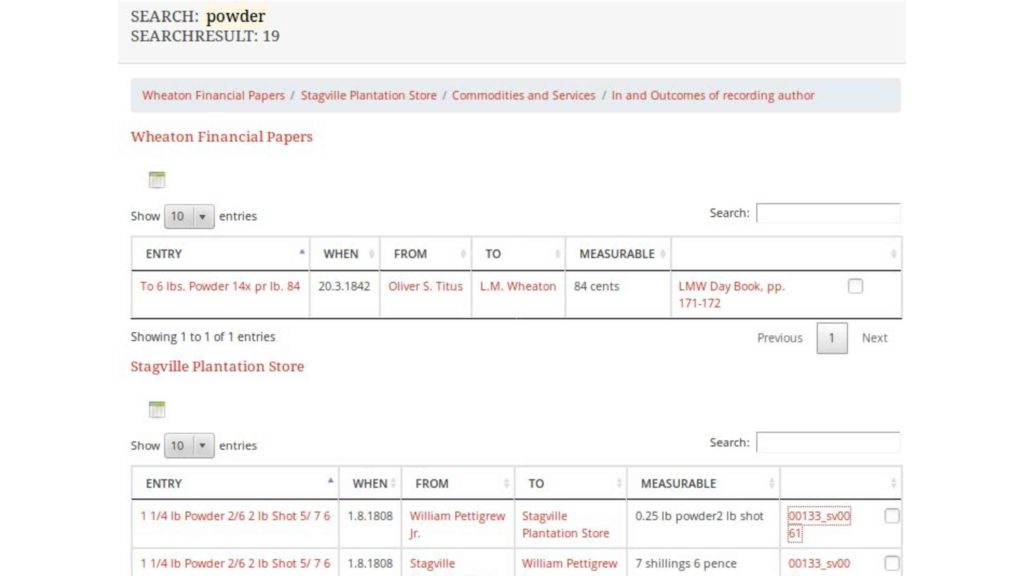
Because GAMS supports accounts from multiple sources, researchers can compare transactions involving gunpowder in Stagville accounts against those in the Laban Moreley Wheaton daybooks or the Washington Financial Papers. 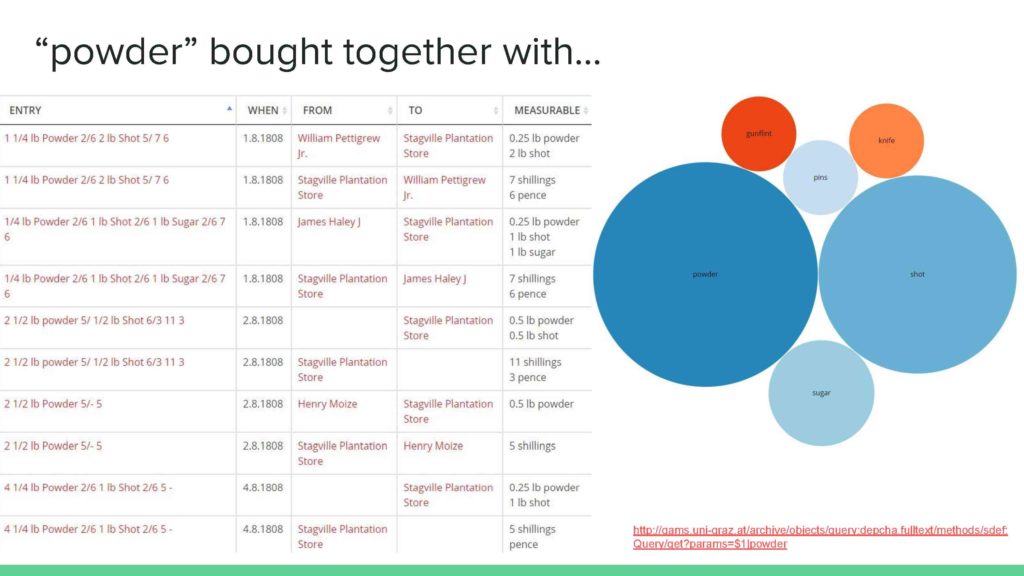
Visualization tools allow analysis of other commodities bought in the same transactions as gunpowder. (Unsurprisingly shot and gunflints show up, but so do pins and sugar.)
Our hope is that--once the encoding and conversion of the ledgers is completed--the project will shine new light on the lives of the enslaved community and their emancipated descendants. The DEPCHA team is interested in collaborating with other scholars editing historic financial records.

